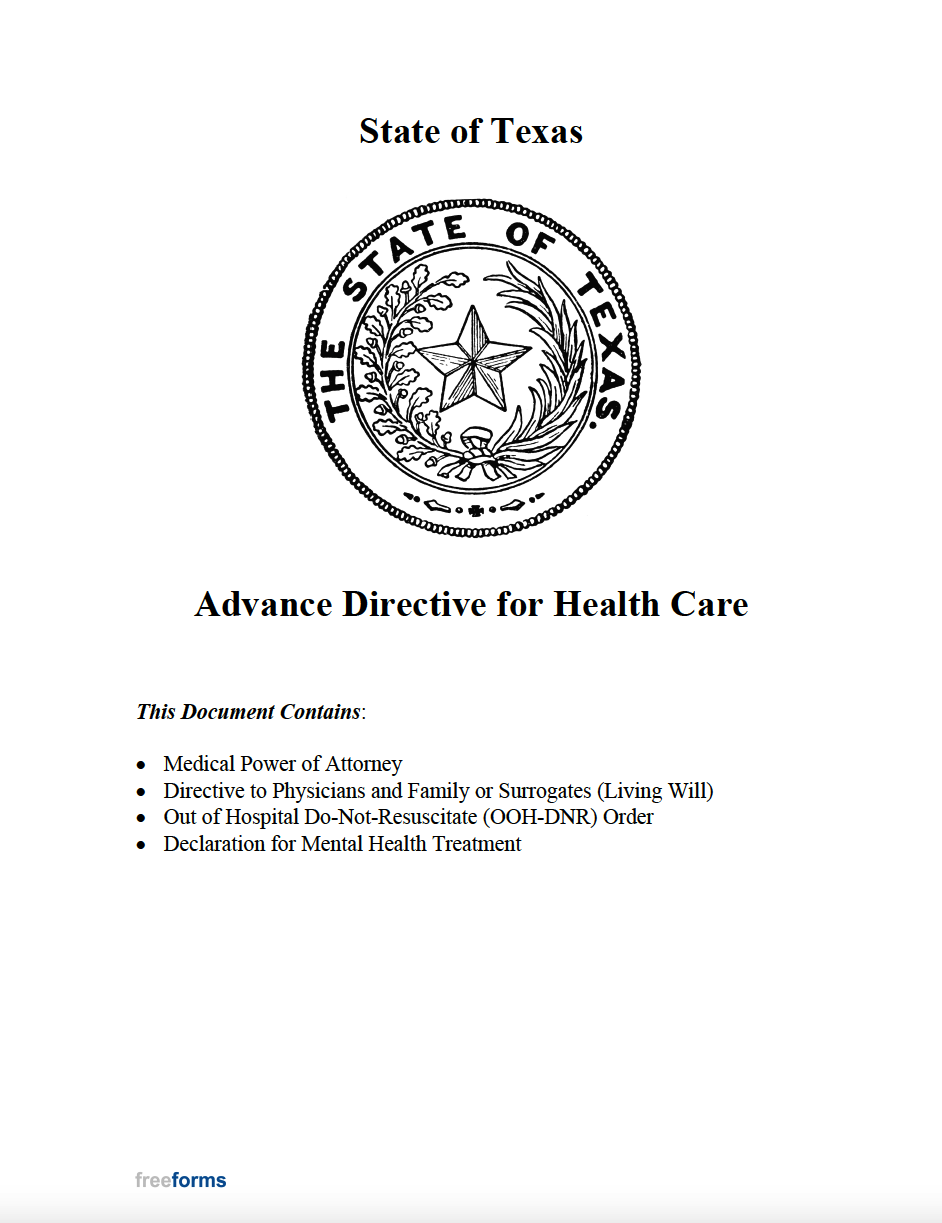
Phlebotomists are individuals who draw blood from patients. These professionals should be confident with blood and have the ability to insert needles in veins. Phlebotomists are usually referred to other doctors by working with them. Learn how to become an aspiring phlebotomist by reading the following steps.
High school diploma
There are many routes to obtaining your high school degree to be a Phenomenologist. Some are more challenging than others. Getting a diploma from an accredited school will help you start your career quickly, but you'll still need some education. Many employers prefer to hire phlebotomists with certification, so it's important to make sure you're qualified.
As baby boomers age, so will the need for blood draws. Phlebotomists will also be in high demand. This field will see a 28 percent increase in employment through 2022. This is good news if you are looking for stability and good upward mobility. Although the hours of a phlebotomist are long, they have a good work-life balance.

Earning a certification in phlebotomy
Getting a phlebotony certification is an excellent way to get a job in the healthcare field. The profession is growing in popularity, especially in the United States. The ideal candidate should be at least 18 years old and have graduated from high school. The course includes background check, drug screening and health assessment. The training course costs more than $3,000. The cost of the training course is over $3,000.
Three phlebotomy certifications are offered by the American Society for Clinical Pathology. To become a phlebotomist, you must have a high school diploma, complete an accredited phlebotomy program, and complete a minimum of 40 hours of class training and 100 hours of practice. Additional coursework may be required for medical students who are seeking phlebotomy certification. A year of work experience is required in order to pass the certification.
You can begin a career as an ophthalmist within a year
A phlebotomy program focuses on the techniques and procedures of collecting and analyzing blood. Students will be taught basic medical science and patient interaction strategies. It takes approximately one year to complete most phlebotomy certification programs. Some programs are eight weeks long. One year of training can lead to a job within six months.
There are many online programs that offer phlebotomy training. The course may take between four and eight months depending upon the program. Most programs require 100 hours. You can choose to volunteer in a medical laboratory or work in a hospital. After you complete the course, you must take an exam to become certified.

How to obtain a phlebotomy permit
Phlebotomists might be a suitable career for you if healthcare is your main focus. This career is growing in popularity in healthcare facilities such as hospitals, doctor's office, and cancer centres. Before you start your phlebotomy training, however, you should consider a few factors. You will first need to choose where you want to work. You can use job websites and your personal networks to search for available positions. Second, ensure you keep your resume current with all your certifications.
Next, you will need to obtain your phlebotomy certificate. Although not required in every state, it can help you get a job. You must take nine continuing education credit every three years after passing the exam. These credits aren't usually required but can be helpful. However, if you are planning to work in the medical field, getting a phlebotomy license will help you get ahead in this field.
FAQ
What are the three types of healthcare systems?
First, the traditional system in which patients are given little control over their treatment. They will go to hospital B if they have an emergency, but they won't bother if there is nothing else.
The second is a fee for service system in which doctors make money according to how many tests, procedures, and drugs they do. You'll pay twice the amount if you don't pay enough.
The third system is a capitation system which pays doctors according to what they actually spend on care rather than by how many procedures they perform. This encourages doctors use of less expensive treatments, such as talking therapies, instead of surgical procedures.
What do you need to know about insurance for health?
Keep track of all your policies if you have health insurance. Ask questions if you are unsure about your plan. Ask your provider to clarify it or call customer service.
When you need to use your insurance, don't forget to take advantage your plan's deductible. Your deductible refers to the amount you pay before your insurance starts covering the rest.
What are the main functions of a health care system?
The health system must provide quality medical services at affordable prices to all people.
This includes providing preventive healthcare, promoting healthy lifestyles, as well as appropriate treatment. This includes equitable distribution of health resources.
What are the various health care services available?
The most important thing for patients to know is that they have access to quality healthcare at any time. We are here to help, no matter if you need an emergency appointment or a routine visit.
There are many options for appointments. These include walk-in clinics and same-day surgery. We also offer emergency department visits and outpatient procedures. For those who live outside of our clinic, we also offer home care visits. If you feel uncomfortable coming to our office, we will make sure you receive prompt treatment at your nearest hospital.
Our team includes doctors, nurses, pharmacists, dentists, as well as other professionals who are dedicated to providing exceptional patient service. We strive to make every visit as simple and painless for our patients.
Statistics
- Consuming over 10 percent of [3] (en.wikipedia.org)
- Foreign investment in hospitals—up to 70% ownership- has been encouraged as an incentive for privatization. (en.wikipedia.org)
- The health share of the Gross domestic product (GDP) is expected to continue its upward trend, reaching 19.9 percent of GDP by 2025. (en.wikipedia.org)
- For the most part, that's true—over 80 percent of patients are over the age of 65. (rasmussen.edu)
- The healthcare sector is one of the largest and most complex in the U.S. economy, accounting for 18% of gross domestic product (GDP) in 2020.1 (investopedia.com)
External Links
How To
What are the four Health Systems?
The healthcare system is a complex network of organizations such as hospitals, clinics, pharmaceutical companies, insurance providers, government agencies, public health officials, and many others.
The goal of this infographic was to provide information to people interested in understanding the US health care system.
These are the key points
-
The annual healthcare expenditure is $2 trillion. This represents 17% the GDP. It's nearly twice the size as the entire defense budget.
-
Medical inflation reached 6.6% in 2015, which is more than any other consumer group.
-
On average, Americans spend 9% of their income on health costs.
-
Over 300 million Americans are uninsured as of 2014.
-
Although the Affordable Care Act (ACA), has been passed into law, it is not yet fully implemented. There are still large gaps in coverage.
-
A majority believe that the ACA must be improved.
-
The US spends more than any other nation on healthcare.
-
If every American had access to affordable healthcare, the total cost would decrease by $2.8 trillion annually.
-
Medicare, Medicaid, or private insurance cover 56%.
-
The top three reasons people aren't getting insured include not being financially able ($25 billion), having too much time to look for insurance ($16.4 trillion), and not knowing what it is ($14.7 billion).
-
There are two types: HMO (health maintenance organisation) and PPO [preferred provider organization].
-
Private insurance covers the majority of services including doctors, dentists and prescriptions.
-
Public programs cover hospitalization, outpatient surgery, nursing homes, hospice care, long-term care, and preventive care.
-
Medicare is a federal program providing senior citizens health coverage. It pays for hospital stays, skilled nursing facility stays, and home health visits.
-
Medicaid is a program of the federal and state governments that offers financial assistance to low-income people and families who earn too much to be eligible for other benefits.